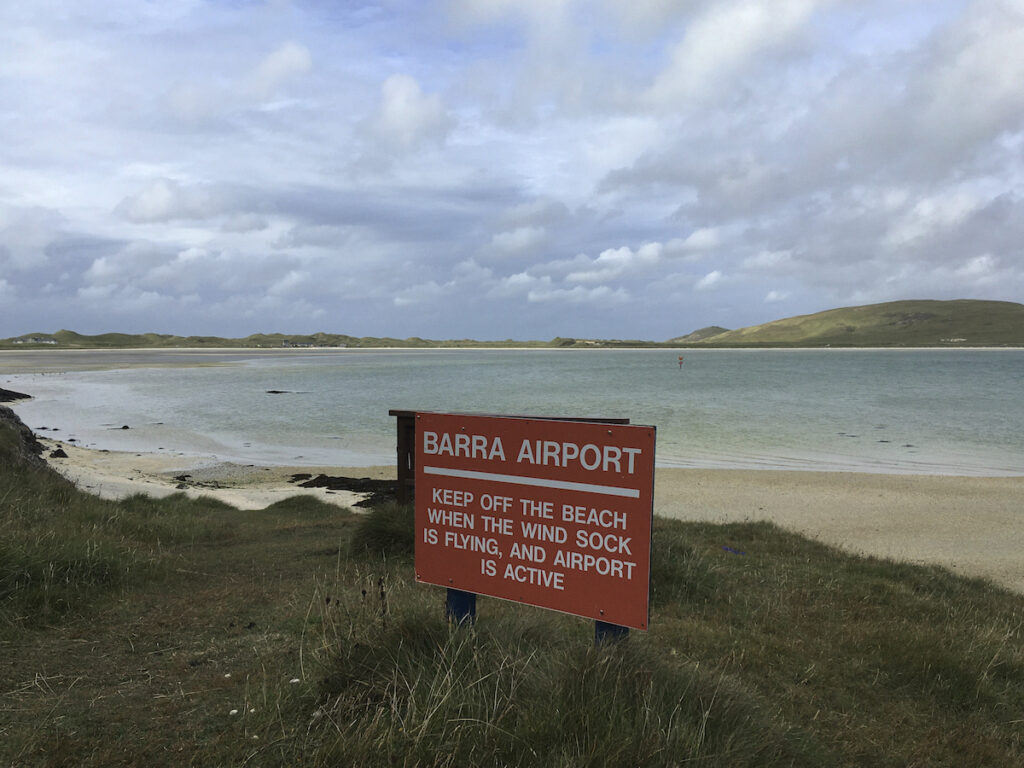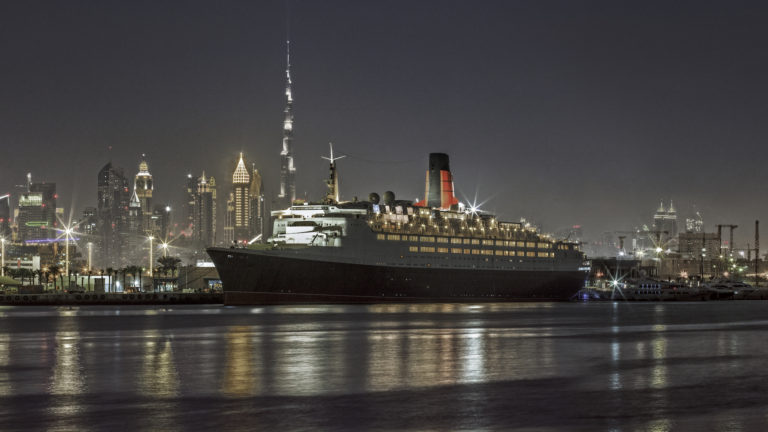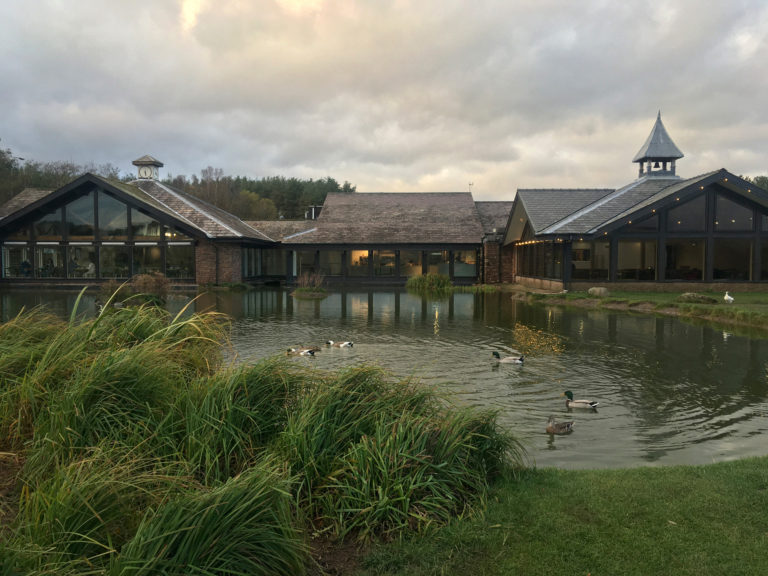AIRPORTS - Barra BRR, Isle of Barra, Scotland
A beach runway that ebbs and flows with the tide
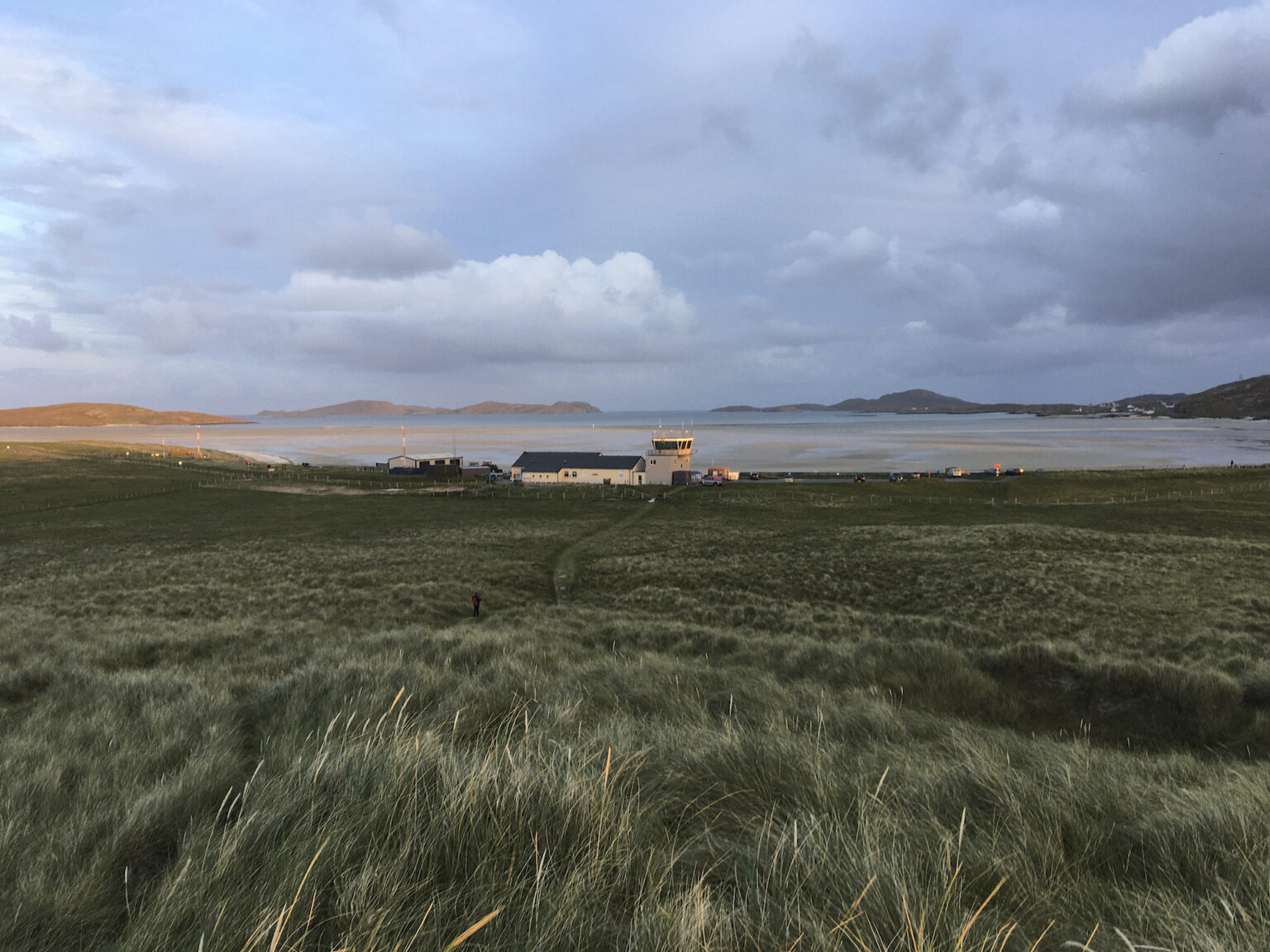
Images and words by The Coracle
The world’s only airport where scheduled flights land on tidal sands, this is also one of the UK’s most beautiful plane journeys.
Barra Airport serves the Barrachs (natives of the Outer Hebridean Isle of Barra) bringing islanders, visiting relatives and tourists, as it has since the first flight in 1936. Amazingly, this was the same year that a small grass airfield opened its first passenger terminal next to Gatwick racecourse.
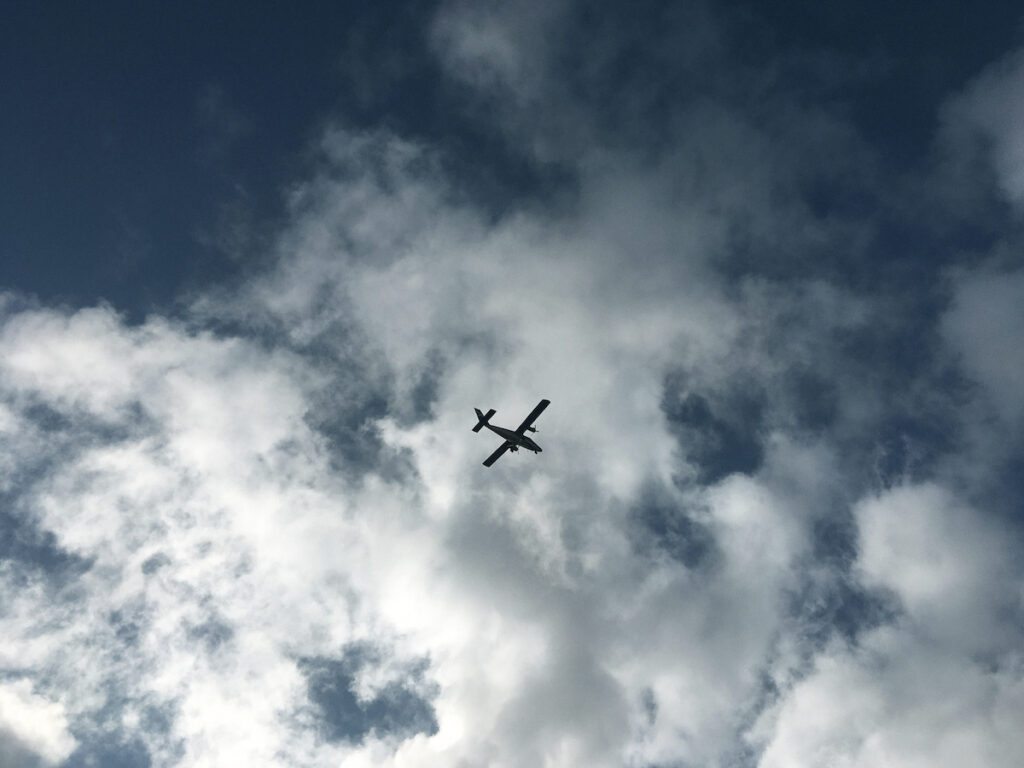
The flight itself is a marvellously anachronistic journey and in 2011 it beat off glamorous rivals such as Rio de Janeiro and the Maldives to be voted the world’s most stunning airport approach. It’s also a vital resource for the island to connect with the outside world, Glasgow is 55 minutes flying time away compared to a five hour ferry journey to Oban on Scotland’s west coast. These links are crucial in keeping the UK’s outer islands populated and thriving, in an age where many people are no longer willing to accept the restrictions of island life. Aside from encouraging tourism which supplements a fragile crofting and fishing economy, the flights also enable medics, government officials and other off-island specialists to visit more frequently. With many young islanders going away to university, the flights enable them to travel home more frequently, keeping a link with their homeland and making it more likely they will return permanently with new skills and knowledge.
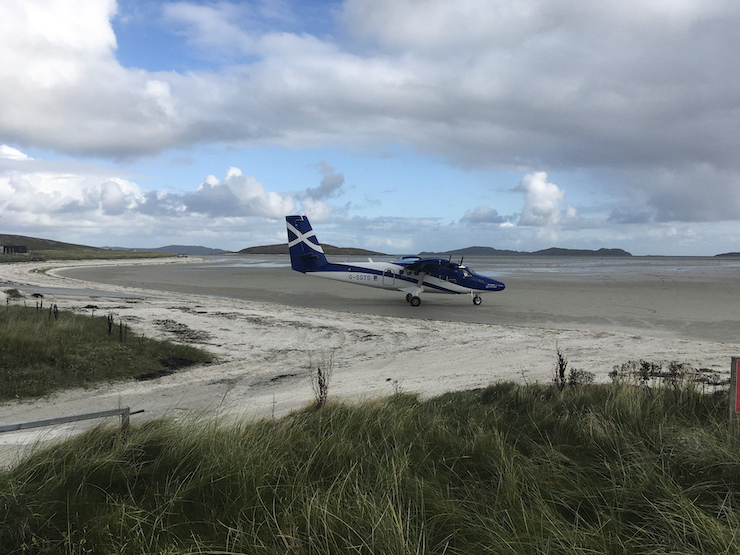
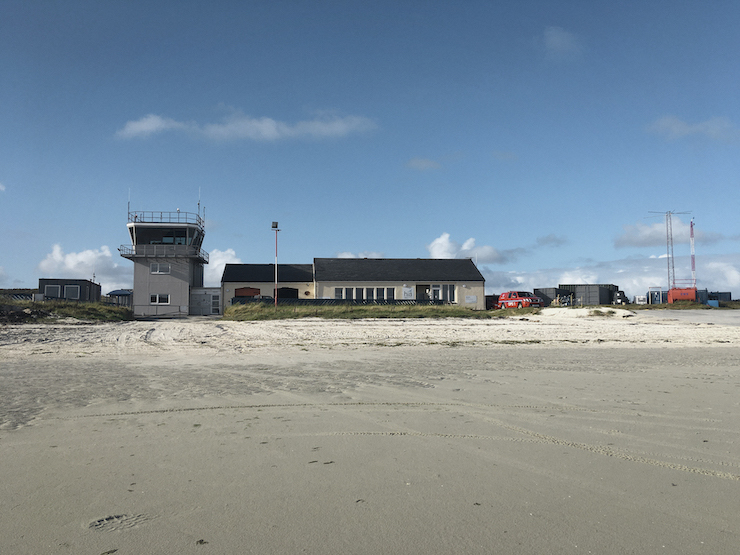
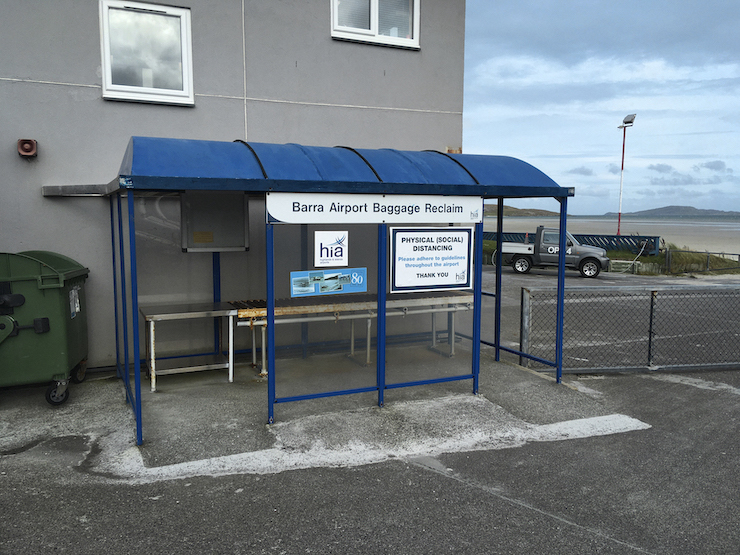
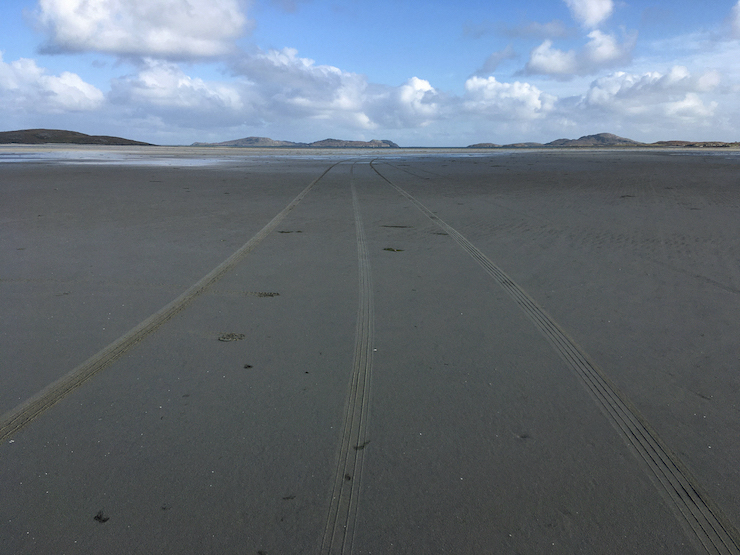
The 19 seater Twin Otter plane lands on Traigh Mhor sands (pronounced Try Vore) which have 3 runways, the ends of which are marked by wooden poles, flights varying with the tides. Vehicle lights are used to illuminate the runway for night landings. There is often an element of a social occasion when a flight lands, people watching from the surrounding machair covered dunes. It’s a short show though, the turnaround for landing is only 15 minutes. Once the flight has left, windsocks are hauled down, the oystercatchers pick over the sands for their lugworm dinner and the tide gradually slides in, bringing the bay back to the wonderfully remote calm that it had before.
